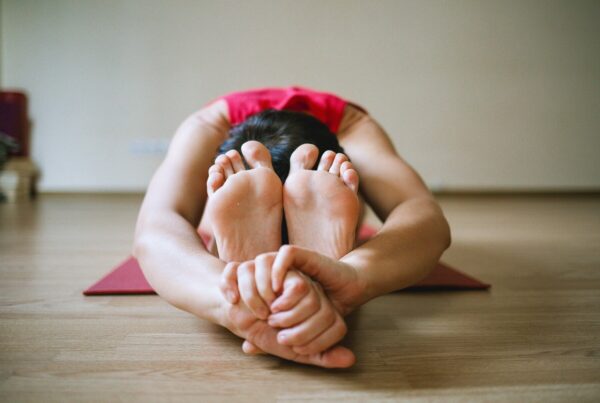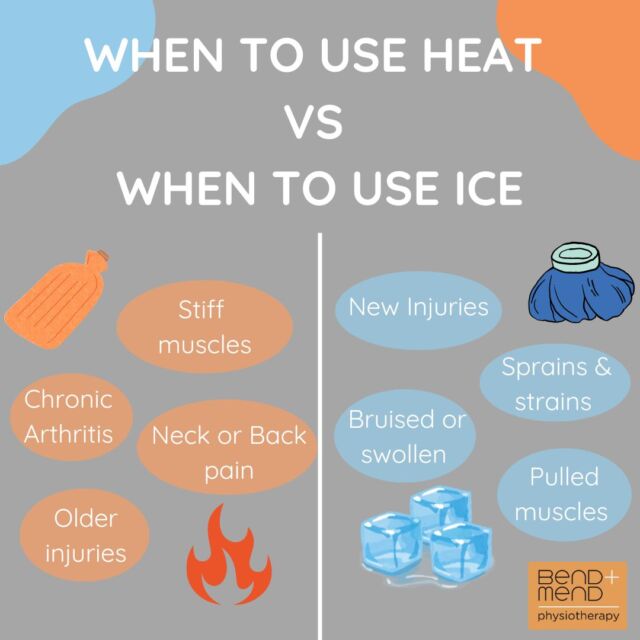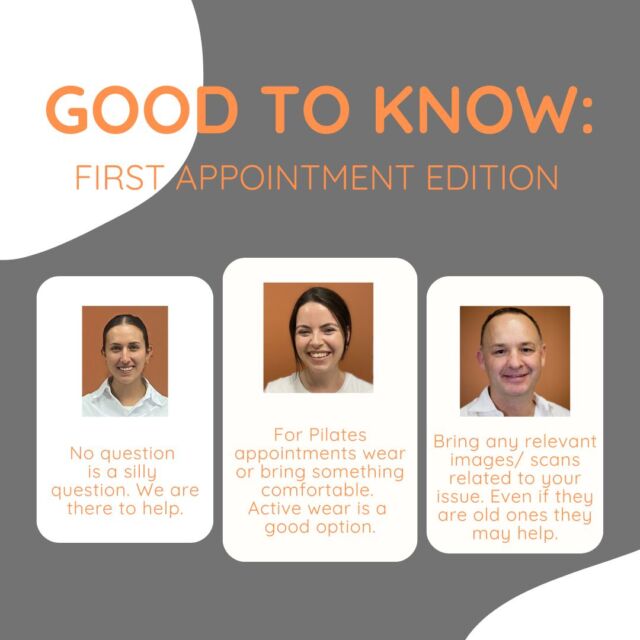‘Flat feet’ and ‘fallen arches’ are commonly used terms in discussions about foot and lower limb pain as well as when deciding on appropriate footwear.
Our feet are required to perform two specific functions:
1. They need to be stable to provide a solid base of support and allow us to push off when we mobilise.
2. They need to be mobile to absorb the impact of our daily activities (think about how much your foot has to move and mould when you are walking on an uneven surface).
The structure of the bones that make up the foot allow us to roll in and out. Try it in standing. Roll your foot outwards and notice the arch of your foot increase – the lifted arch brings the joints into a more stable and rigid position; this is known as supination. Roll your foot inward and notice your foot flatten – this causes the foot to become more mobile and is known as pronation. Having the ability to control these movements enables us to have both a strong foot to push off with and the ability to absorb shock.
So what are ‘flat feet’ and ‘fallen arches’?
If you have a look at your foot in mid-air, the majority of us will have some form of arch. A small proportion of people are born with a foot structure that has no arch at all, irrespective of whether they are weight bearing or not. These people have true ‘flat feet’ and they will almost certainly have problems arising from the inability to absorb shock. As for the rest of us, the shape of our feet will change when we stand and the arches will adopt varying degrees of change. More than one-third of people have feet that roll in to different degrees, and if this amount is significant, they are commonly said to have fallen arches and placed into the ‘over-pronators’ category.
Does it really matter?
We are all individual and lead different lives. You might have exhausted the internet for information or talked to your friend with a supposedly similar foot type, however it needs to be known that many people deemed as ‘pronators’ never have any problems. As discussed earlier, our feet need to be able to both pronate and supinate. Injuries arise as a result of tissue strain and overloading to a point where soft tissue damage develops, causing pain.
There are three main factors that determine whether our feet might cause problems (two of which we can change):
1. ANATOMY – how we are born.
2. BIOMECHANICAL – how we move.
3. LOADING – what we do.
Here’s an example:
A moderately active person with only mild pronation and no pain might decide to increase their running output from six kilometres at a frequency of twice per week, to ten kilometres, three times per week. Suddenly they develop problems as a result of their foot type (possibly along with a number of other factors too) due to overloading and tissue strain. Compare that to a marked pronator who leads a sedentary lifestyle and has no issues at all.
As everyone is different, there isn’t one straight answer to problems that arise.
Do you have foot or lower limb pain?
If you are someone who starts experiencing pain, particularly in your knee, lower leg and/or foot, then it would be recommended that you have one our Physiotherapists at Bend + Mend in Sydney’s CBD assess you and the way you move. The reasons why you might pronate, along with other contributing factors, need to be addressed to successfully solve the problem and achieve your goal function without pain.







